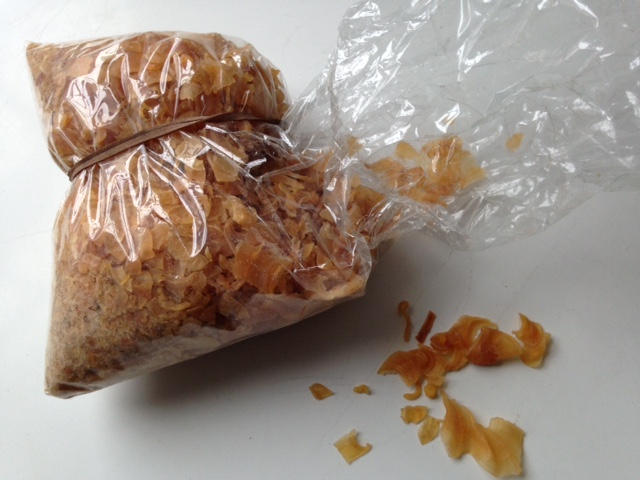
I began making pastels in 1971. I had just finished my MFA at Queens College and moved into a loft on the corner of Broome and Mulberry Streets over the Café Roma. Upon learning of my interest in making pastels, Piero Mannoni, a fine arts conservationist with whom I shared the studio, suggested that I make my own pastels. The formula I use today to make my pastels is based on a 17th century Italian formula that Piero Mannoni translated into English for me at that time.
Initially, I made the pastels for my own personal use. As time went on and word spread of my pastels, I began making them for other artists. Between 1971 and 1992, I made my living by teaching Art and Art History, part-time sales of my artwork, and sales of my pastels. By 1993, I decided to quit teaching and concentrate on pastel making as my main source of income; however, I continued producing my artwork as it is independent from my pastel-making.
I make three types of pastels. The Soft Form Pastel, made in 1971, is shaped to fit the hand for an average sized work. The Terrages Pastel, which I’ve been making for about 25 years, I worked on with Wolf Kahn because he is particularly fond of the gritty formula that I use with all of my pastels. Wolf liked to break open the surface of a paper like Lana paper and work the color directly into the fibers of the paper. My latest pastel is a slim pastel that is designed for smaller works or detailed areas of a drawing. It, too, is gritty in order to firmly draw in around edges or to make firmer marks. The Thin Line sets are ideal when traveling as they weigh less and are slimmer.
The exotic colors are nearly pure pigment since adding anything would dull the pearlescent or metallic color of the pastel. Therefore, these pastels are more fragile and require a different touch. You cannot bear down on them hard! So, it is a trade off: color for fragility!
I buy the highest quality of pigments I can find. My emphasis is on maintaining the depth and clarity of each color and on allowing the character of each pigment to be expressed.
I am presently concentrating on my formulas to further develop and refine the colors. As new pigments are developed, I try to work them into my color system. There are many ways to mix and combine pigments to create smoother textures and richer colors. I do change colors as I make pastels for a variety of reasons. Old pigments run out and the new ones are often different, and I can never reproduce a color using different pigments.
Also, in the process of making pastels one discovers new combinations of pigments and a better pastel either in consistency and clarity of color is the result. I make pastels in very small batches and with the mixed colors there is always some fluctuation in the tone or shade of color.
Terrages, approx. 1 and 1/2″ long and 1″ across , and 6/8″ thick
Soft Form, approx. 1 and 3/4″ long and 3/4″thick
Thin Line, approx. 2″long and 1/2″ thick